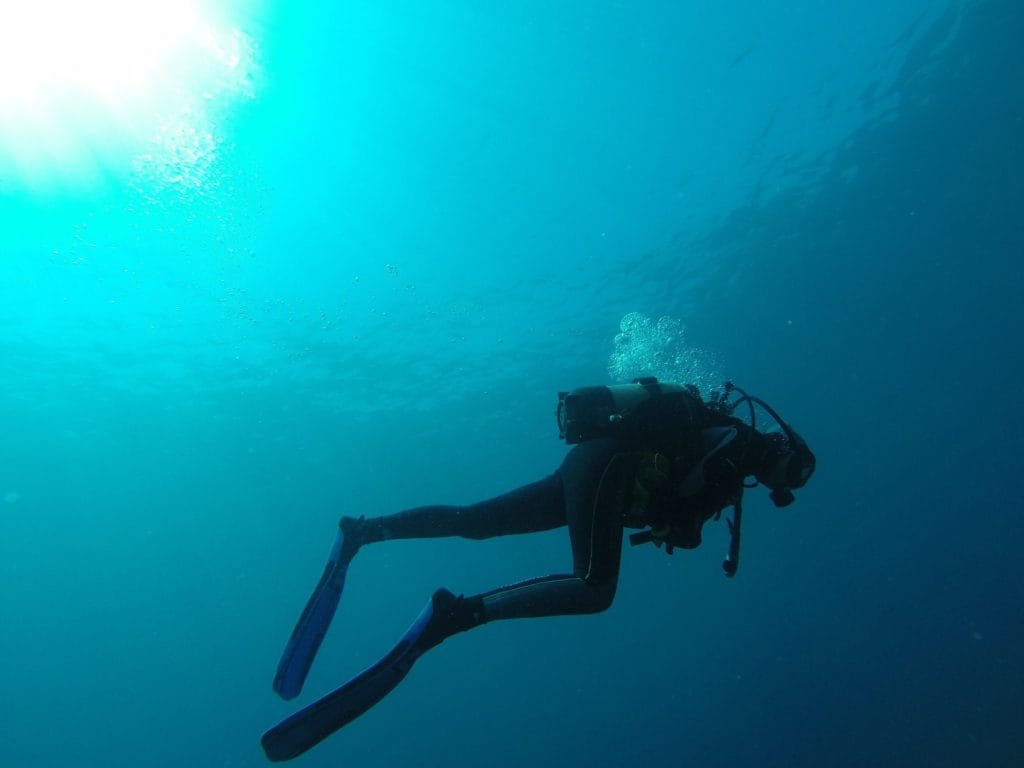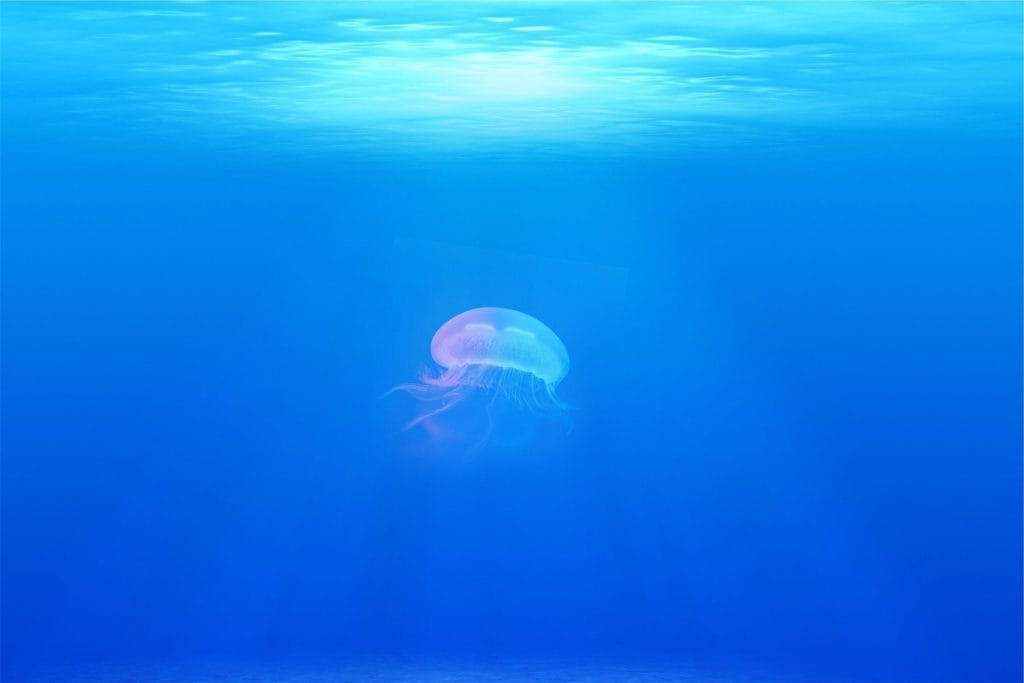Oxfordshire Mind’s Physical Activity Team are offering a weekly ‘virtual walk’ this week the team are exploring under the sea.
Welcome, everyone. Our walk this week will be taking us to somewhere that’s as challenging to explore as the depths of space, a location as little known to us as the surface of another planet.
I’m talking, of course, about the bottom of the sea.

Beneath the waves is another world– there are vast deserts, mountain ranges, strange creatures and underwater oases teeming with life. But most of us don’t even know it’s there. The ocean floor is a hostile environment for us land-dwellers, not only because we cannot breathe down there, but also because of the intense pressure and lack of any sunlight to illuminate our way. Previously it has not been possible for a single person to dive further down than 600 metres or so, but for this walk we have developed a pioneering new submarine and diving suit which will permit us to step out onto the very bottom of the sea, and sustain absolutely no damage whatsoever.
It gets darker and darker as the submarine sinks down into the depths. The sunlight can only penetrate a few hundred metres down, and below that initial sunlight zone, there are hundreds of metres of inky twilight. Finally the light disappears entirely, plunging the waters around the sub into deepest midnight black, and we find ourselves in the abyss. There’s something dreamlike about this descent- it’s like falling through layers of thoughts and images and half-formed impressions into deep, blissful unconsciousness.

The submarine lands on the ocean floor, and we prepare ourselves to walk out. These suits only give us twenty minutes or so before we have to go back to the submarine, so we only have a brief, precious window to explore. The torches strapped to our heads illuminate the vast empty plain all around us. That’s not the only light down here though. Above our heads are thousands upon thousands of winking, glittery lights. They’re not stars but living creatures, and those glimmers of phosphorescence are the way they communicate. The lights enable them to find each other in the darkness, whether they’re looking for a mate- or another animal to prey on. Imagine being one of those little organisms, swimming towards a light, not knowing whether you’re going to encounter a friend – or jaws snapping shut around you.
Perhaps a giant squid is even swimming about, somewhere high above us, its tentacles trailing as it moves silently through the water. When they say giant, they truly do mean it- their bodies alone can grow to five metres long, with its tentacles almost as long again. End to end, the biggest ones can be the size of six tall men stacked on top of each other. In the olden days sailors used to tell tales of the Kraken, a mythical beastie that snared ships with its massive limbs and dragged them down into the depths, and it’s likely that those tales were inspired by remains of this real life sea-monster that washed up on shore. Don’t worry, though- real squids are secretive, shy creatures, and it’s very unlikely it would come anywhere near us.
Our lights pick up something huge and looming on the side of our vision, making us jump. But it’s nothing to worry about. It’s just the jawbone of a whale, and it must have fallen down here years ago. The huge skeleton stretches away into the darkness, the curved lines of its rib and its spine forming a sort of archway that you think you could almost walk through.
Just a little further on, we come across something that you might be surprised to see here- coral. You might think that corals are only found in shallow, tropical waters, but there are also certain varieties that live deep underwater. Just like in a tropical reef, there’s a huge variety of shapes, colours and sizes here– huge lattices sticking up like wafers lodged in an ice cream sundae, shorter, squatter corals that look like little piped rosettes of buttercream icing. It’s beautiful and bizarre, a welcome oasis of life in an otherwise empty environment.
Finally we reach a point where the ground sharply drops away into even deeper waters. We stand on the edge and peer curiously into the darkness. I wonder what’s down there? In some parts of the ocean, there are trenches so deep that Mount Everest could fit in them and still have over a mile of water covering it. We know a little about what happens in these huge underwater canyons – we know, for example, that life can survive even in those very depths, that there are species of sea cucumber and shrimps that can endure the huge pressure eight kilometres below the surface. But our knowledge is still very limited. Maybe at some point in the future, when technology is even more advanced, we’ll be able to walk down there and find out for ourselves. Until then, we’ll just have to look down and imagine.
A timer beeps inside our diving helmets. That’s letting us know we’ve used up about half our time on the ocean floor, and we need to start coming back in. Let’s turn around and start making our way back to the submarine. I hope you’ve enjoyed our exploration of this underwater world today- and see you next week for another walk.

